What are Supply Chain Control Towers?
Supply chain control towers leverage advanced technologies like AI, IoT, and machine learning to deliver real-time visibility across the supply chain process. They offer actionable insights that enhance decision-making and control, enabling companies to monitor, manage, and optimize supply chain operations more efficiently. Additionally, these systems automate various processes, reducing human errors, improving operational performance, and allowing for quicker responses to disruptions. By integrating control tower technology, businesses ensure supply chain resilience and streamline logistics.
How do the Supply Chain Control Towers work?

The 3 levels in a supply chain control tower are visibility control, providing real-time monitoring; predictive control, anticipating issues through analytics; and prescriptive control, recommending or automating corrective actions. Control towers enhance logistics by offering real-time tracking and notifications, reducing logistics-related delays, and optimizing delivery routes for improved operational performance. This technology empowers supply chain managers to improve supplier performance and enhance customer satisfaction.
-
Data Integration:
Supply chain control towers enhance data integration by collecting and analysing information from multiple sources for real-time insights. This allows nearly valid and timely decision-making mechanisms and proactive risk management. Consolidation of fragmented data makes inventory control towers visible to management personnel, thus bettering a company’s efficiency and control by allowing for full coordination across supply chain teams and trading partners.
-
Real-Time Monitoring:
Supply chain control towers command real-time by integrating AI and machine learning with data from many sources. This allows issues to be detected and resolved in advance, while instant alerts and optimized decision-making are set into operation. All in all, companies improve supply chain efficiency with control tower solutions, enabling early detection of disruptions and improved inventory management.
-
Predictive Analytics:
Predictive analytics in supply chain control towers uses artificial intelligence and machine learning to analyse large amounts of data from the supply chain, identify patterns, and predict impending disruptions. Such a forward-looking attitude helps businesses in demand planning, optimizing their operations, and reducing risks by recommending actions to avert bottlenecks and keep the logistics flow smooth.
-
Automated Alerts & Resolutions:
Supply chain control towers enable notifications and default alert mechanisms for any rule-based actions involving inventory level stockouts, delays, and schedule deviations. Contrary to that, AI-based alerts spot risks beforehand and help in taking proactive measures. Supply assurance control towers ensure that the relevant supply chain professionals receive key insights, contributing to supply chain efficiency.
-
Performance Review:
Supply chain control towers aid in performance reviews through real-time supply chain analytics and actionable insights, enabling businesses to keep track of key capabilities like KPIs, inefficiencies, and data-driven decisions. This results in improved supplier performance, better resource management, and streamlined logistics.
Types of Supply Chain Control Towers:

Several variations of supply chain control towers, such as logistics control towers, end-to-end control towers, and inventory control towers, are implemented depending on the level of supply planning visibility and control required for the company.
-
Logistics Control Towers:
Logistics control towers focus on transportation, providing companies with real-time logistics tracking and visibility for efficient logistics management. They help optimize routes and prevent delays, improving both inbound and outbound logistics with ensuring customer satisfaction and enhancing relationships with supply chain partners.
-
Supply Assurance Control Towers:
Supply assurance control towers are designed to ensure the availability of products, making sure that deliveries are on time. By constantly monitoring inventory levels and supply chain planning, these towers predict shortages and automate replenishment orders, ensuring uninterrupted operations and improving supply chain resilience.
-
E2E Control Towers:
End-to-end supply chain control towers offer visibility across the entire supply chain, enhancing coordination across supply chain leaders, departments, and external trading partners. This level of integration helps to streamline communication, reduce operational silos, and cut down costs, making the supply chain more efficient.
-
Inventory Control Towers:
nventory control towers provide real-time inventory insights into stock levels, ensuring companies can avoid shortages or overstock situations. By forecasting demand, these towers enable businesses to manage inventory replenishment better and optimize stock allocation, improving overall supply chain efficiency.
-
Fulfilment Control Towers:
Fulfilment control towers focus on accelerating the order shipment process while reducing the cost-to-serve. They ensure timely deliveries by optimizing the logistics of packaging and shipment, thus minimizing unnecessary expenses. This enhances inventory control, ensuring that businesses meet customer demand efficiently and reduce excess inventory levels.
How do Control Towers manage Supply Chain Disruptions?

Supply chain control towers excel at managing disruptions by offering real-time visibility, which enables quick decision-making and collaboration with supply chain partners. Whether facing unexpected changes or emergencies, a control tower allows businesses to devise scenario-based solutions and adapt swiftly using control tower software for better supply chain resilience.
Benefits of a Supply Chain Tower:

Several benefits from utilizing a supply chain control tower like lowered cost, reliable predictions, and chain visibility, can enhance a company’s growth and stable position within the market.
-
Lowered Cost:
A control tower helps businesses cut costs by providing supply chain analytics for real-time monitoring. This improves supplier performance, minimizes waste, and optimizes resources, ensuring smooth supply chain planning and operations.
-
End to End Visibility:
By providing end-to-end visibility, control towers help mitigate risks and reduce costs. Companies can monitor everything from suppliers and transporters to warehouses and 3PL partners, enabling more precise planning and improved risk management.
-
Improved Decision Making:
A supply chain control tower enhances supply chain professionals’ ability to make informed choices by analysing demand planning trends and predicting potential challenges. This leads to smarter supply chain teams and optimized workflows. Control tower software ensures accurate forecasting, helping businesses maintain balance between demand and supply.
-
Proactive Risk Management:
With real-time logistics monitoring, a control tower ensures businesses detect and mitigate risks early. This improves customer satisfaction and supply chain efficiency, helping companies maintain operational continuity. Additionally, supply assurance control towers play a crucial role in preventing stockouts and ensuring key capabilities remain functional even during crises.
-
Optimized Inventory Levels:
A control tower streamlines inventory management by assessing inventory levels in real time. This prevents stock shortages, reduces excess inventory, and enhances fulfilment control towers. By integrating predictive analytics, businesses can optimize supply planning, ensuring timely replenishments and uninterrupted operations.
-
Foreseeing and Reliable Prediction:
Control tower technology utilizes predictive analytics to enhance automated decision-making, which boosts operational efficiency. By analysing large sets of data, businesses can anticipate trends, reduce waste, and optimize the use of resources. A supply chain manager leveraging predictive analytics can proactively manage risks and optimize production schedules.
Freight Index Market Analysis:
By leveraging freight index market analysis, supply chain control towers help businesses track changes in freight rates. This information supports better pricing strategies and optimizes shipping decisions, allowing companies to adapt their logistics operations based on market trends. Supply chain leaders can use this data to make informed strategic decisions.
Industries that Benefit from Supply Chain Control Towers:
SCCT provides visibility, real-time monitoring, inventory management, and proactive risk mitigation to ensure logistics efficiency and functional resilience, benefiting industries such as healthcare, groceries, automotive, industrial, and electronics.
-
Healthcare:
The healthcare industry benefits from supply chain control towers by ensuring inventory control towers manage stock effectively in pharmaceuticals and hospitals. Supply chain professionals in healthcare use SCCTs for real-time tracking, timely deliveries, and proactive event management, improving patient safety and operational efficiency.
-
Grocery:
With complex supply chains, the grocery industry relies on supply chain control towers to ensure inventory levels are maintained, preventing stockouts. SCCTs provide transparency, allowing trading partners to coordinate better, reducing inefficiencies and ensuring supply chain resilience.
-
Industrial:
Industries such as automotive, electronics, and energy benefit from supply chain control towers for inventory management, supplier performance monitoring, and logistics coordination. Supply chain leaders can leverage SCCTs to reduce supply disruptions and enhance production efficiency.
The Future of Supply Chain Control Towers:
The future of supply chain control towers lies in advanced AI, IoT, and control tower software that enhances logistics, inventory management, and supply chain efficiency. These innovations will help supply chain teams automate decision-making, optimize supply planning, and improve customer satisfaction.
Challenges in Implementing a Supply Chain Control Tower:
The key challenges include challenges with system integration because of mismatching systems, issues regarding the accuracy of data, and high implementation costs. The measures to overcome these challenges entail standardized data management, seamless integration of systems, and deployment that minimizes costs for SCCT implementation to be successful.
-
Integration Complexity:
A major challenge in implementing control tower technology is integrating multiple supply chain processes with existing systems. Companies need robust control tower software and standardized protocols to ensure smooth adoption and functionality across trading partners and supply chain partners.
-
Data Accuracy Issues:
To ensure effective supply chain analytics, SCCTs require high-quality data. However, inaccurate inventory data from fragmented sources can cause poor decision-making. Supply chain managers must implement automated validation and real-time monitoring to enhance data reliability.
-
High Implementation Costs:
Setting up a supply chain control tower involves significant costs, including software investments, system integration, and training for supply chain teams. Companies must evaluate long-term benefits such as improved supplier performance, enhanced logistics, and overall supply chain efficiency to justify the investment.
FAQs
1) What are Supply Chain Control Towers?
Supply chain control towers utilize AI, IoT, and machine learning to offer real-time visibility across the supply chain. They enhance decision-making with actionable insights, enabling companies to monitor, manage, and optimize operations more efficiently.
2) How do the Supply Chain Control Towers work?
The three levels in a supply chain control tower are visibility control for real-time monitoring, predictive control for anticipating issues through analytics, and prescriptive control for recommending or automating corrective actions, thus improving logistics management and performance
3) What are the types of Supply Chain Control Towers?
Logistics control towers offer real-time tracking and route optimization to prevent delays. Supply assurance control towers ensure timely deliveries by predicting shortages and automating replenishment. End-to-end control towers enhance coordination, inventory control towers manage stock levels, and fulfilment control towers speed up shipments and cut costs.
4) How do control towers manage supply chain disruptions?
Supply chain control towers manage disruptions by offering real-time visibility for quick decision-making and partner collaboration. They help businesses swiftly adapt to unexpected changes or emergencies with scenario-based solutions and rapid responses.
5) What are the benefits of a Supply Chain Tower?
Supply chain control towers offer benefits like lowered costs, reliable predictions, and enhanced visibility, contributing to business growth and stability. They reduce operational costs, provide end-to-end visibility, improve predictions, and optimize shipping through freight index market analysis.







